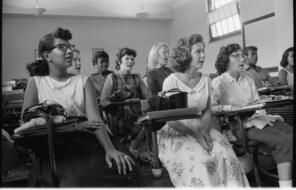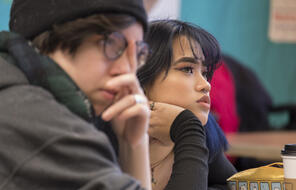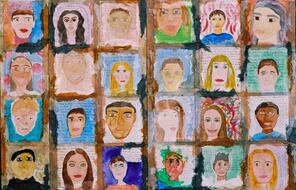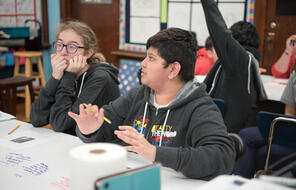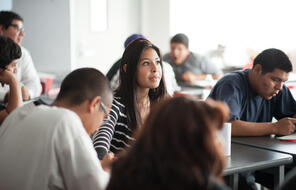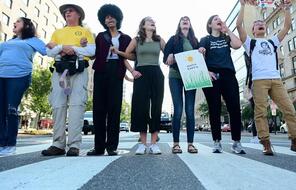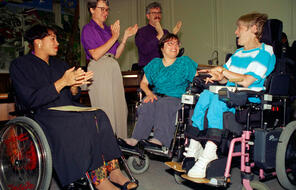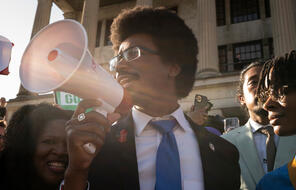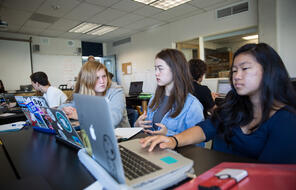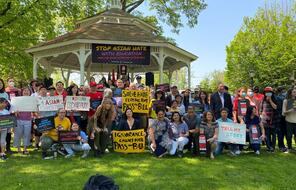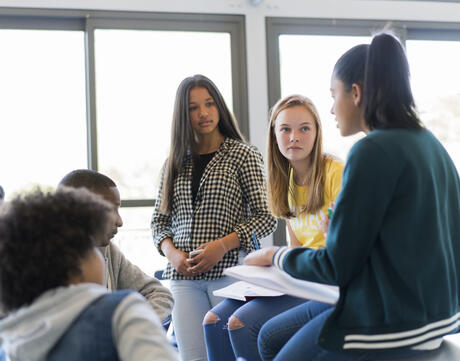
Centering Humanity While Following News of the Israel-Hamas War
At a Glance
Language
English — USSubject
- Advisory
- Social Studies
Grade
6–12- Democracy & Civic Engagement
Overview
About This Mini-Lesson
This mini-lesson helps students consider how they can 1) center their community members’ humanity in conversations about the Israel-Hamas war; 2) expand their own “universe of obligation” as they react to the news, including the ongoing war; 3) explore strategies for following reliable news that represents a range of perspectives; and 4) ground their actions in respect for others’ humanity. The “Preparing to Teach” section of the mini-lesson contains suggestions for how teachers can learn more about their students’ reactions to the war and how to respond to students’ questions.
Preparing to Teach
A Note to Teachers
Before teaching this mini-lesson, please review the following information to help guide your preparation process.
Activities
Activities
Materials and Downloads
Quick Downloads
Download the Files
Resources from Other Organizations
Additional Resources
Unlimited Access to Learning. More Added Every Month.
Facing History & Ourselves is designed for educators who want to help students explore identity, think critically, grow emotionally, act ethically, and participate in civic life. It’s hard work, so we’ve developed some go-to professional learning opportunities to help you along the way.
Exploring ELA Text Selection with Julia Torres
On-Demand

Working for Justice, Equity and Civic Agency in Our Schools: A Conversation with Clint Smith
On-Demand

Centering Student Voices to Build Community and Agency
On-Demand


